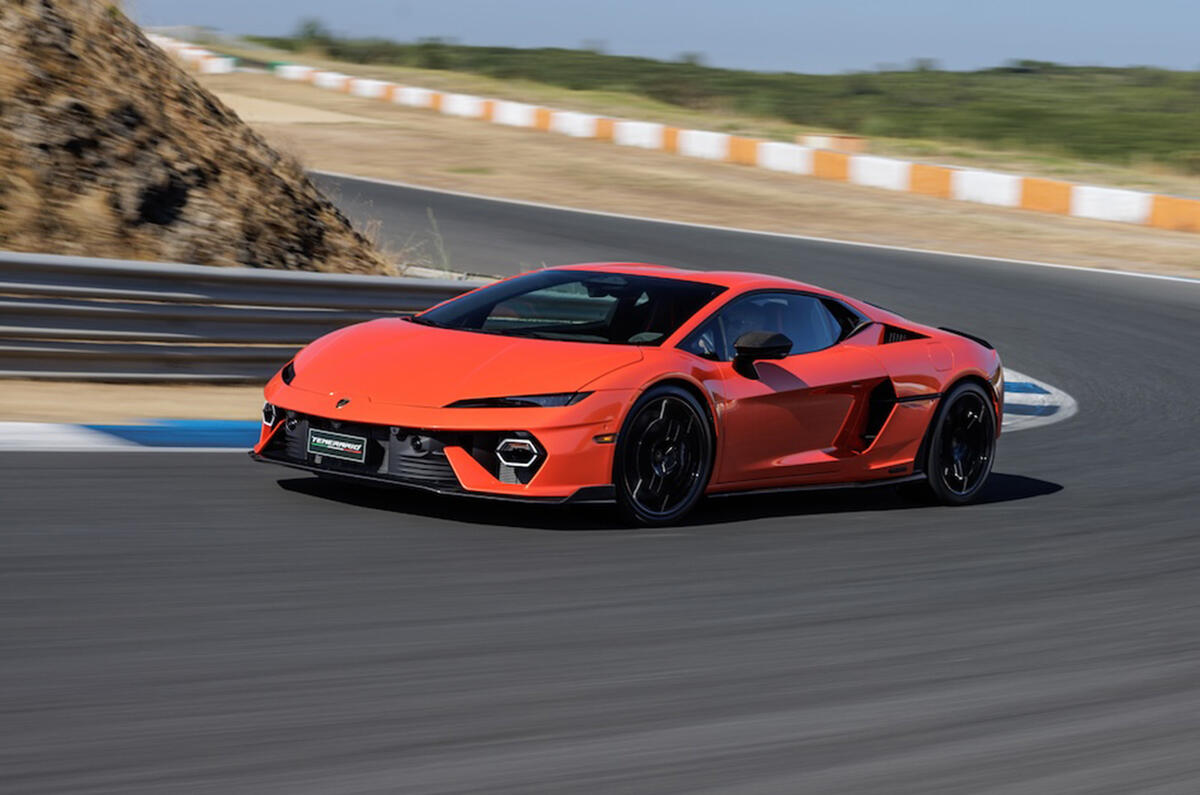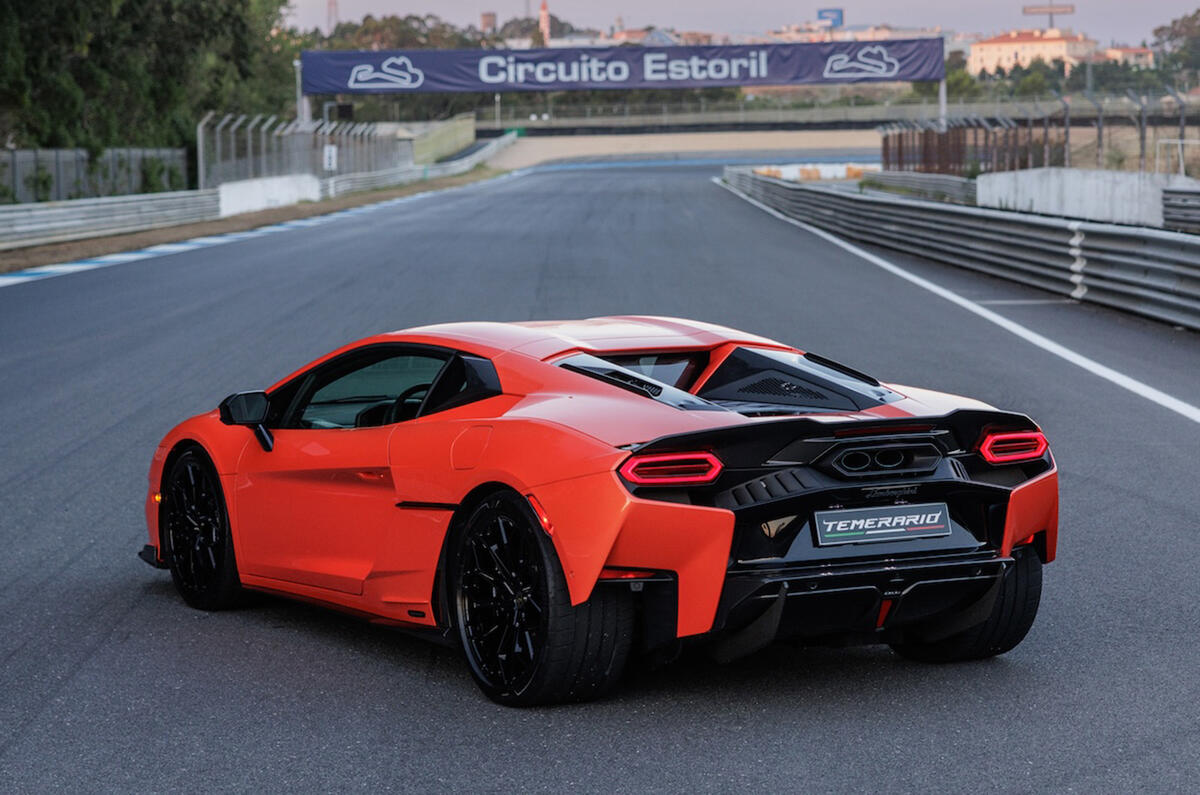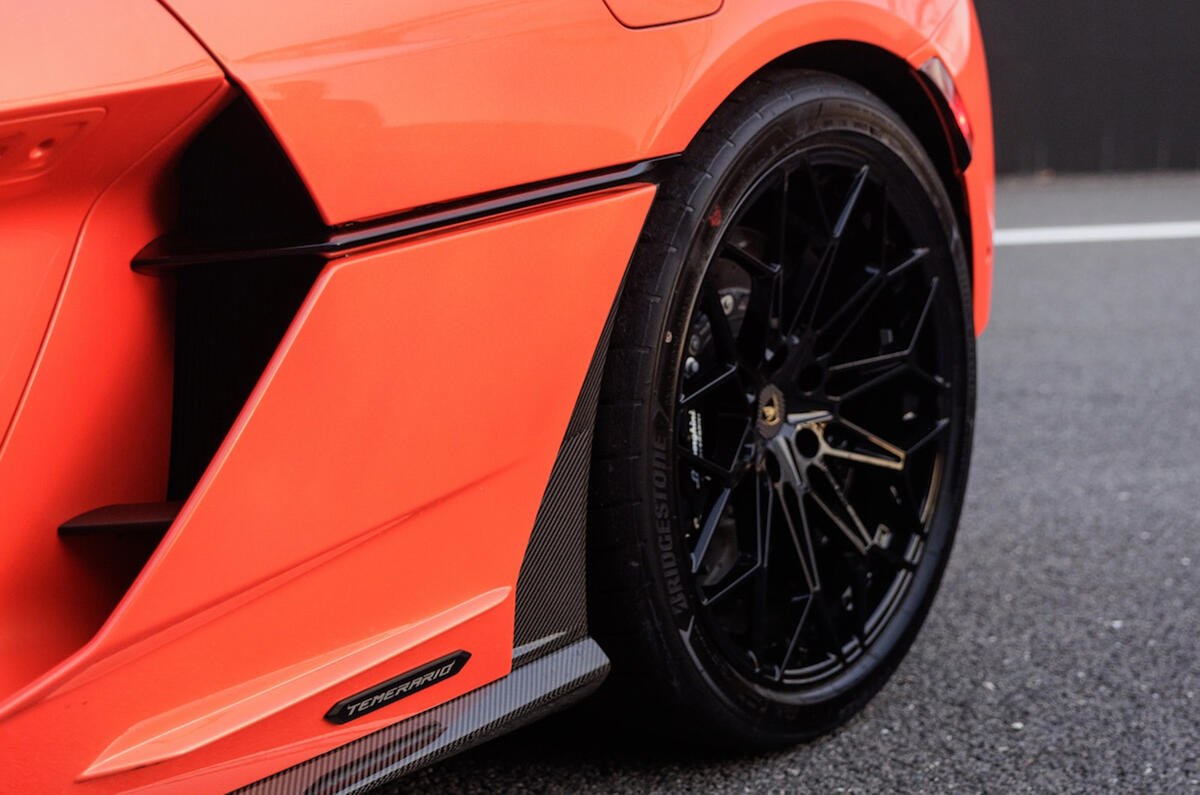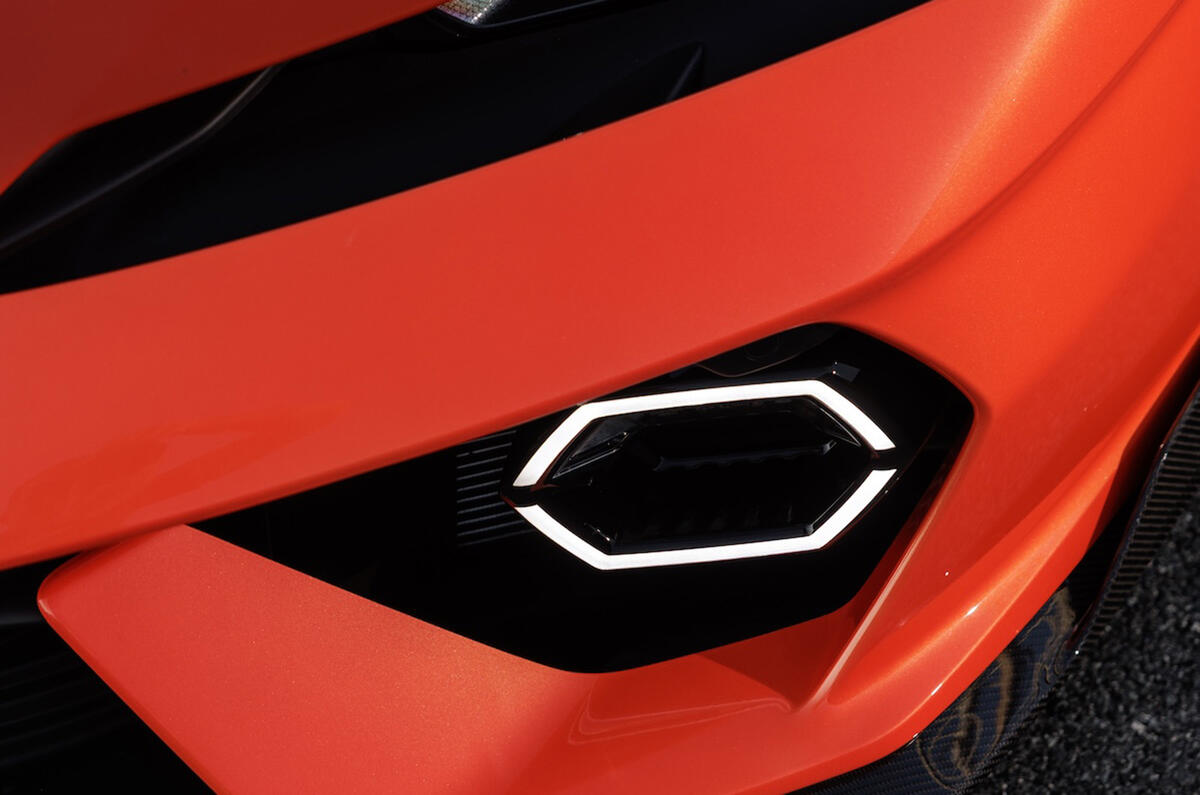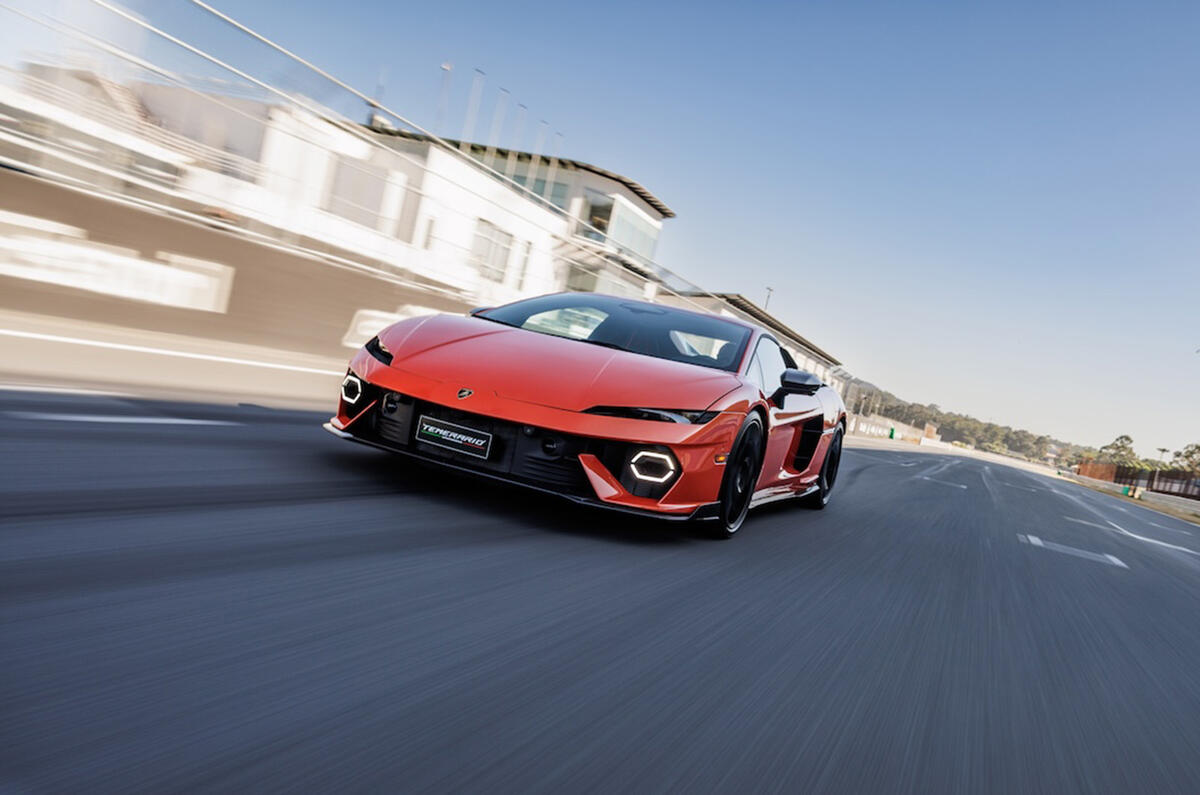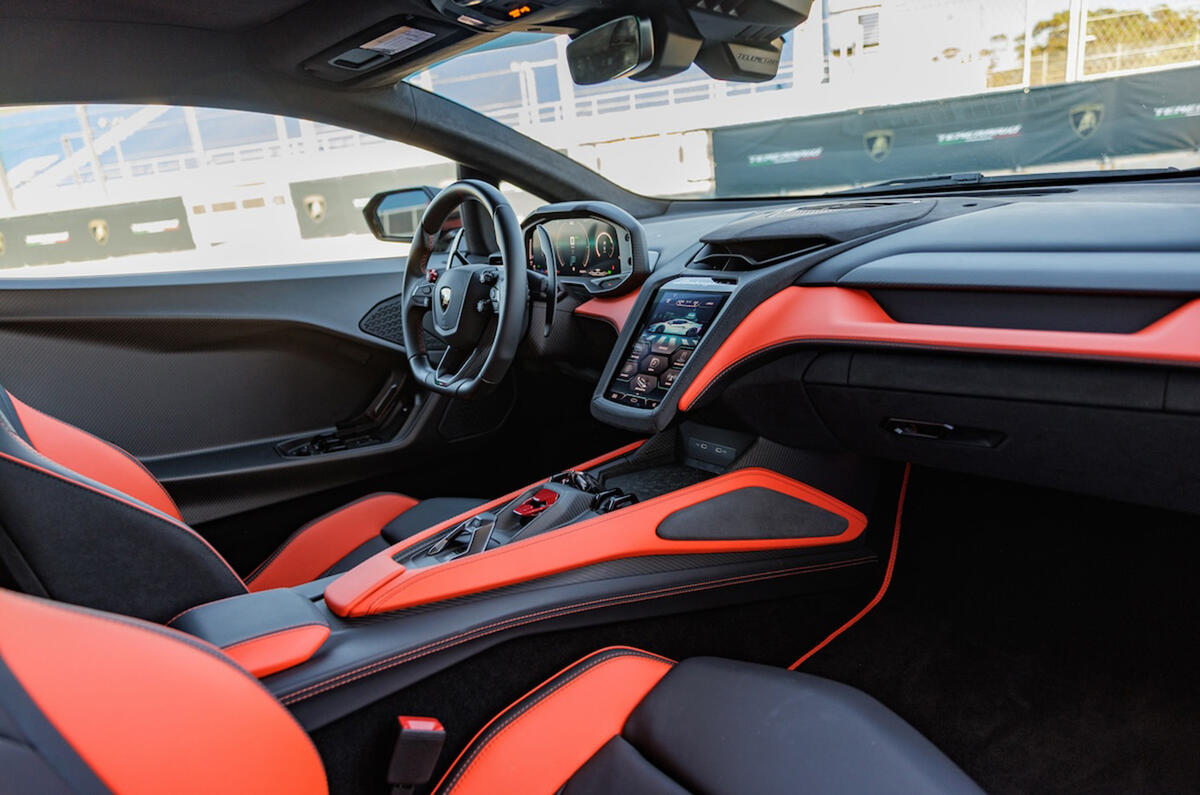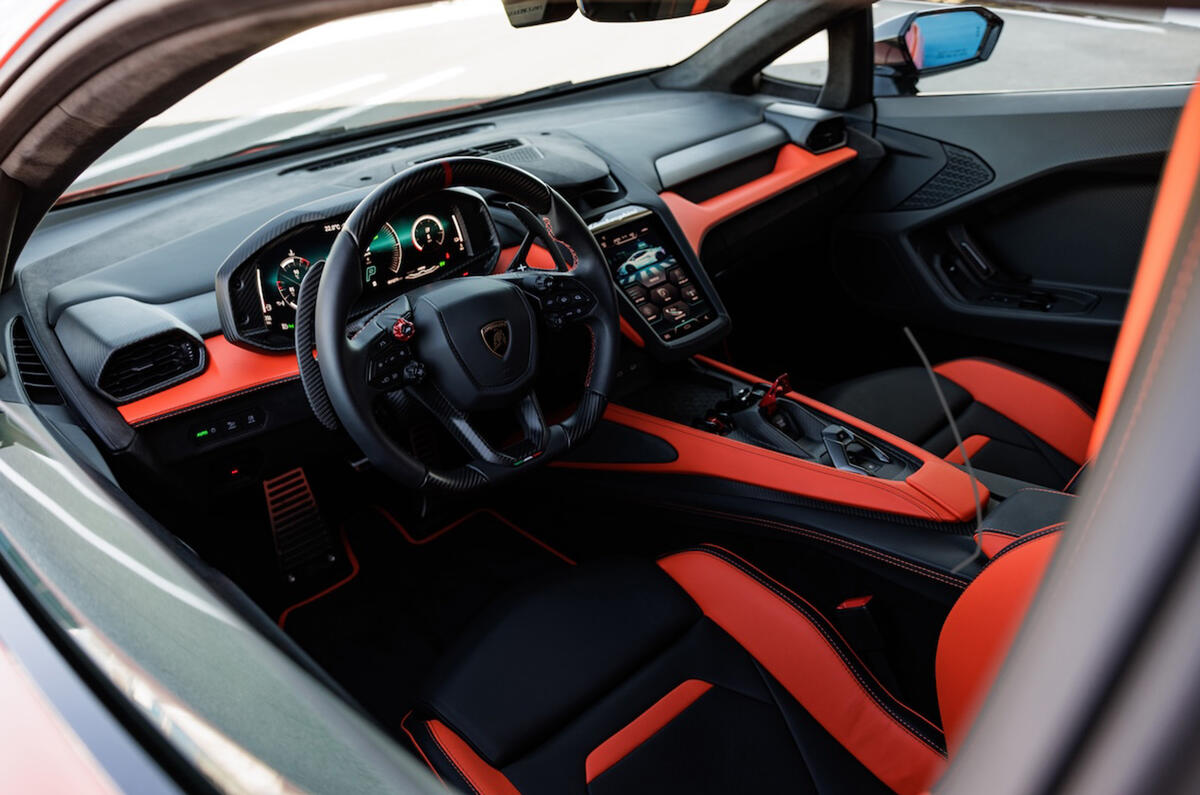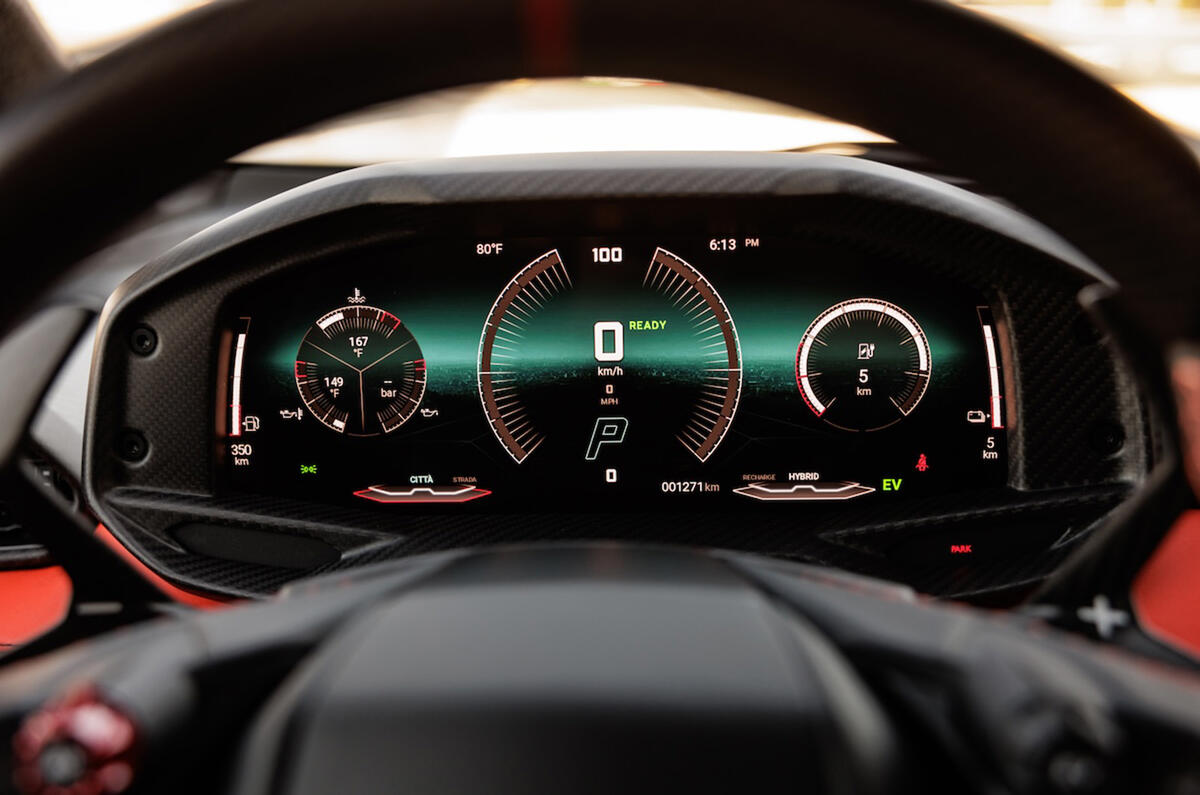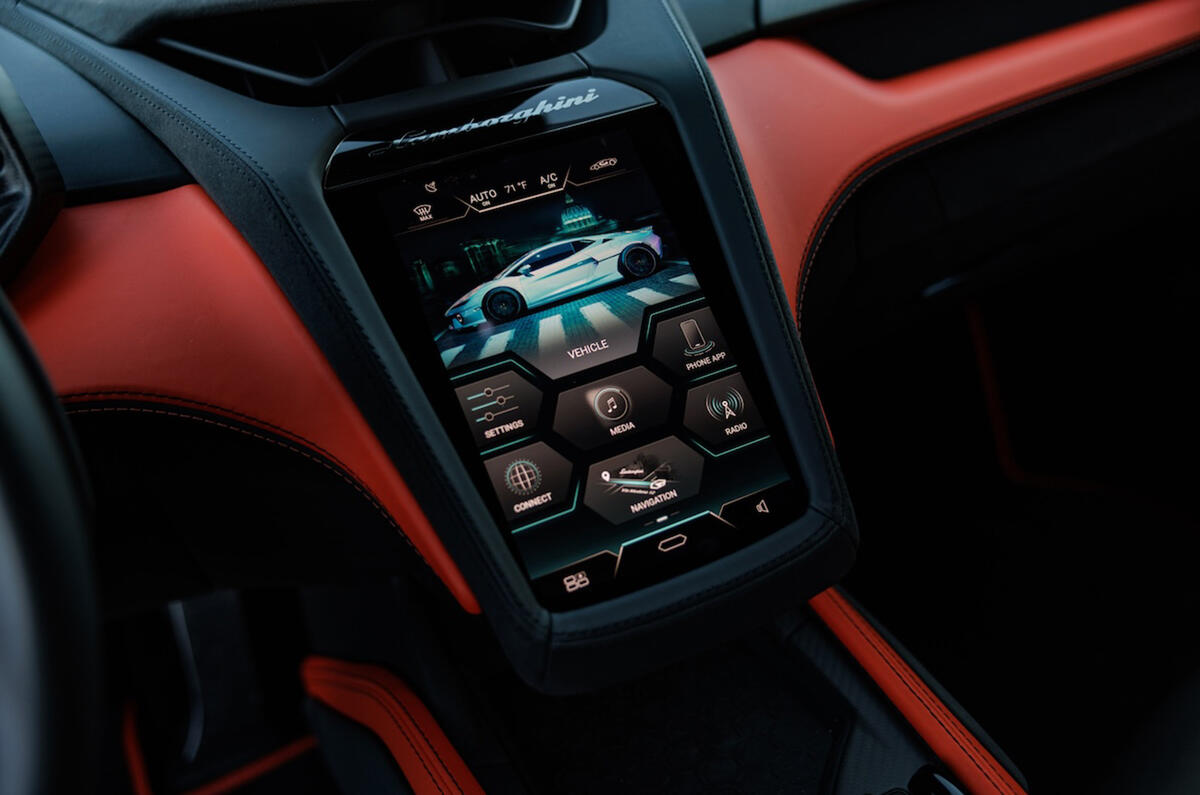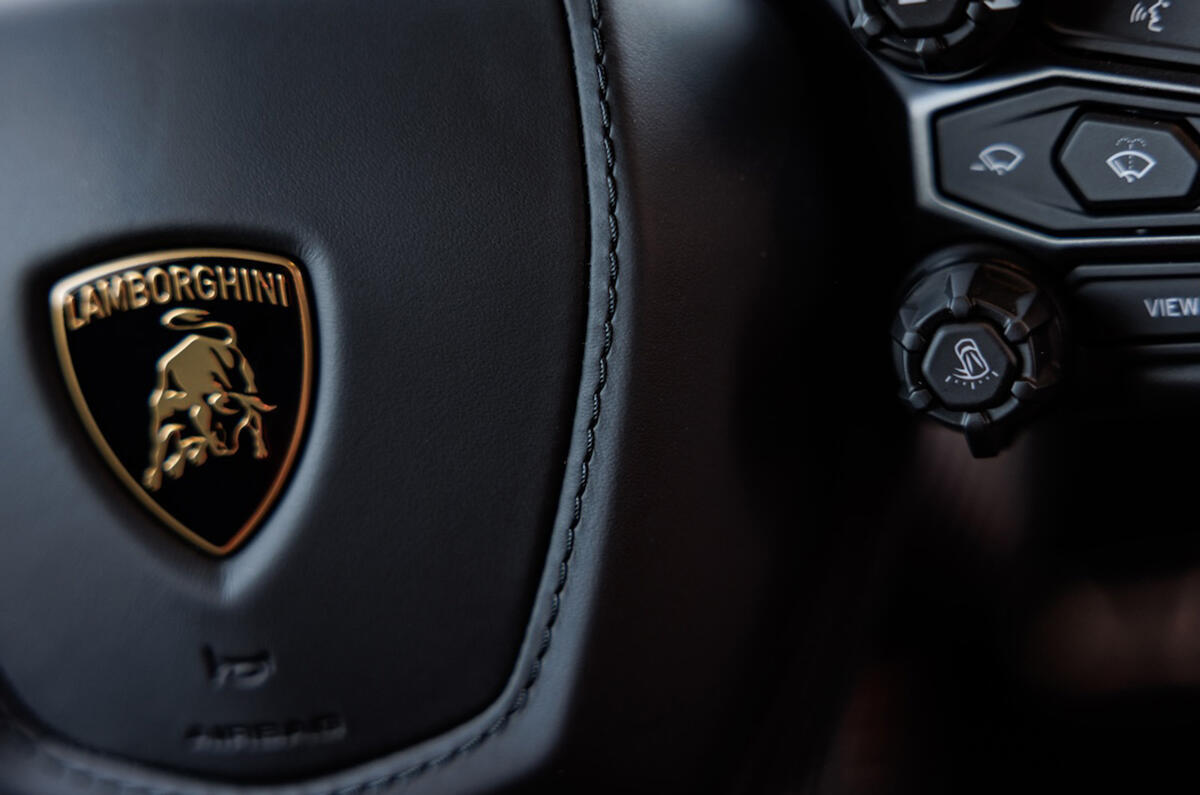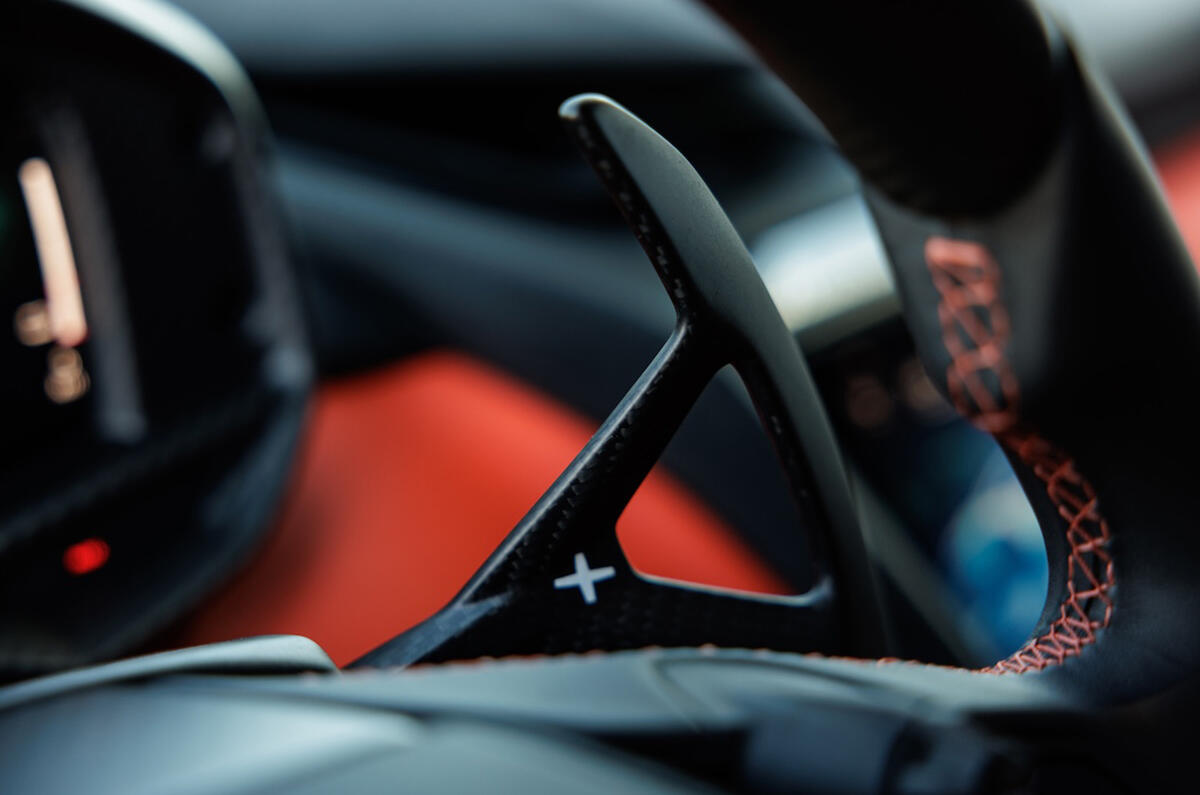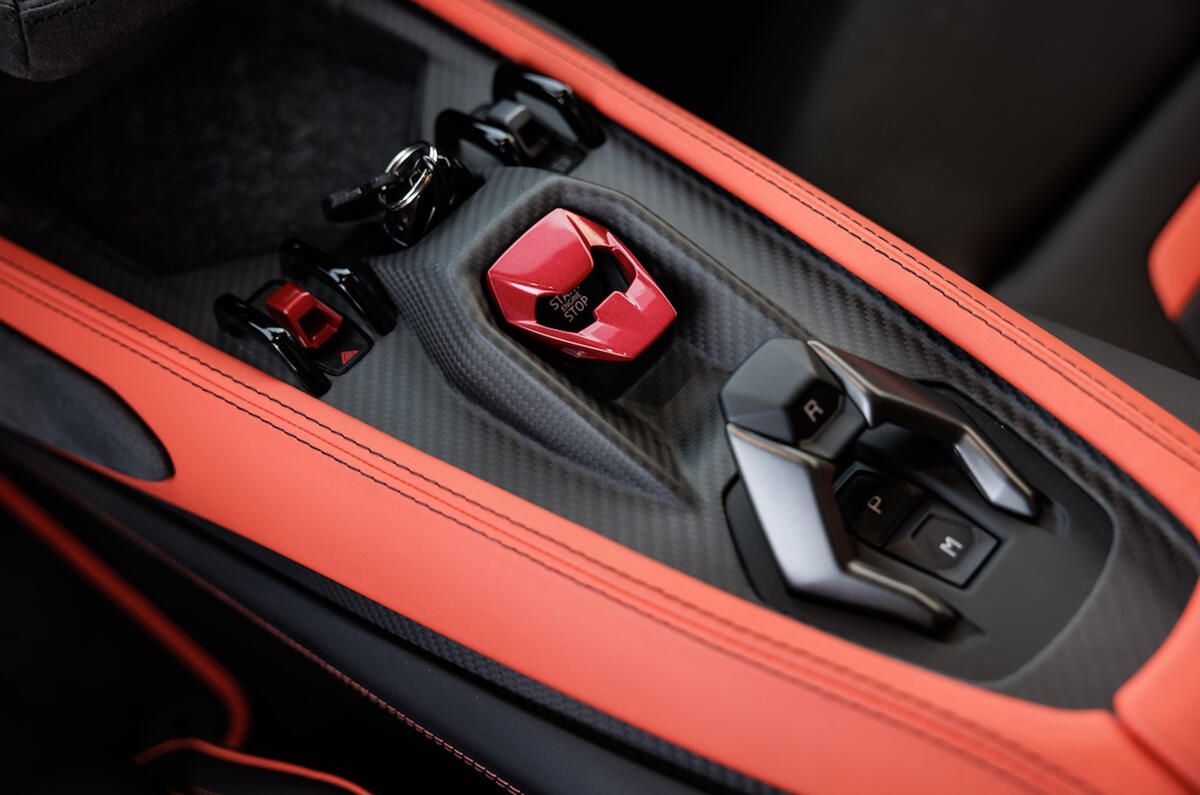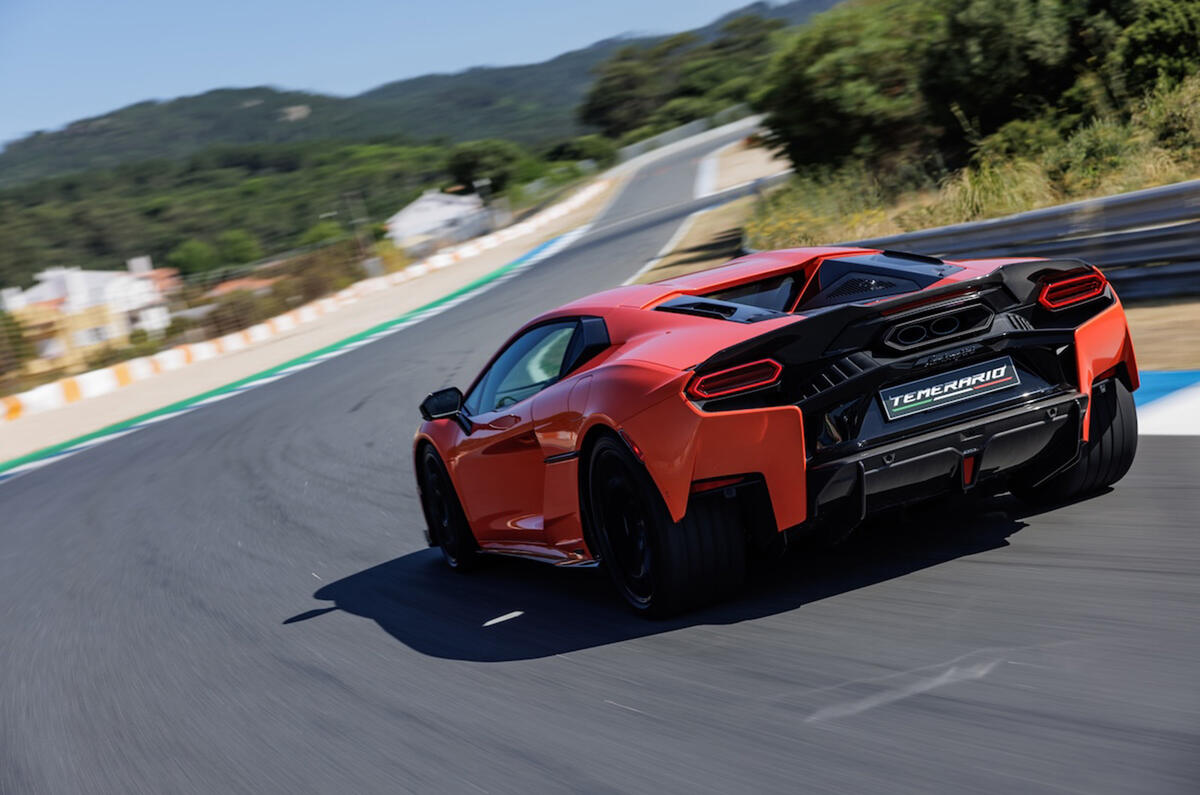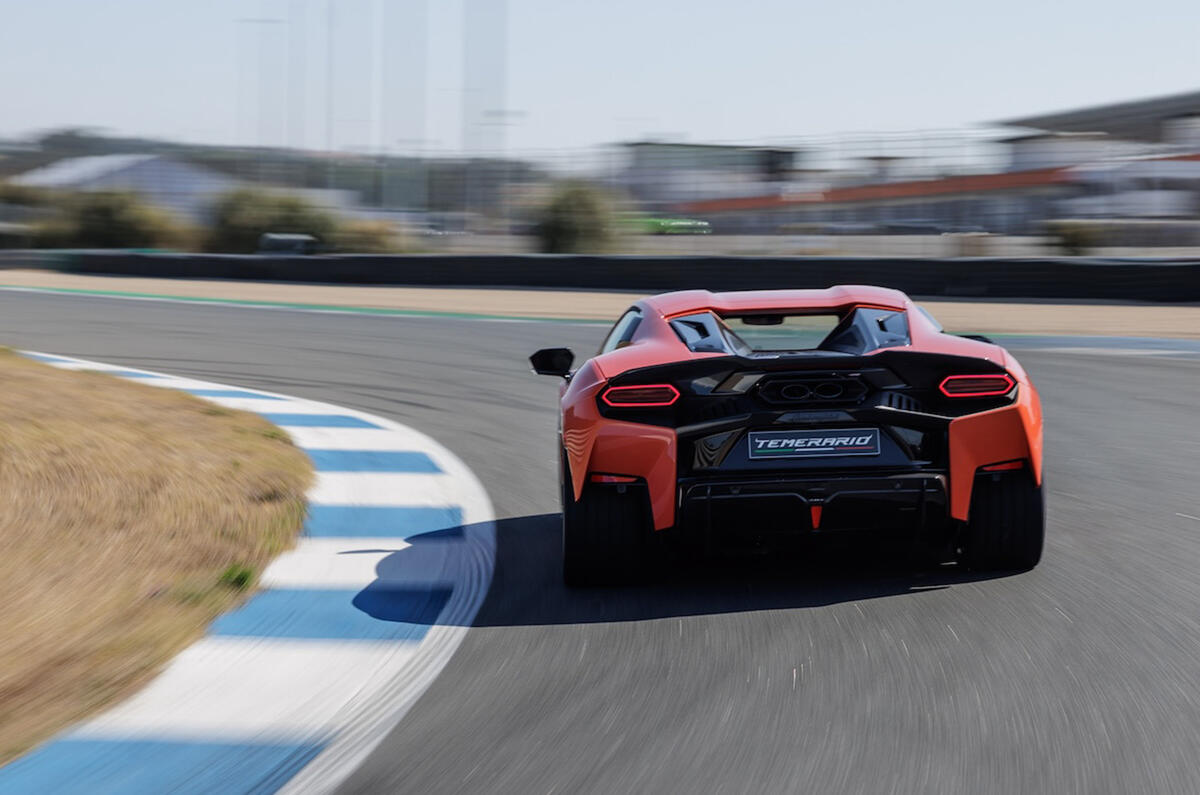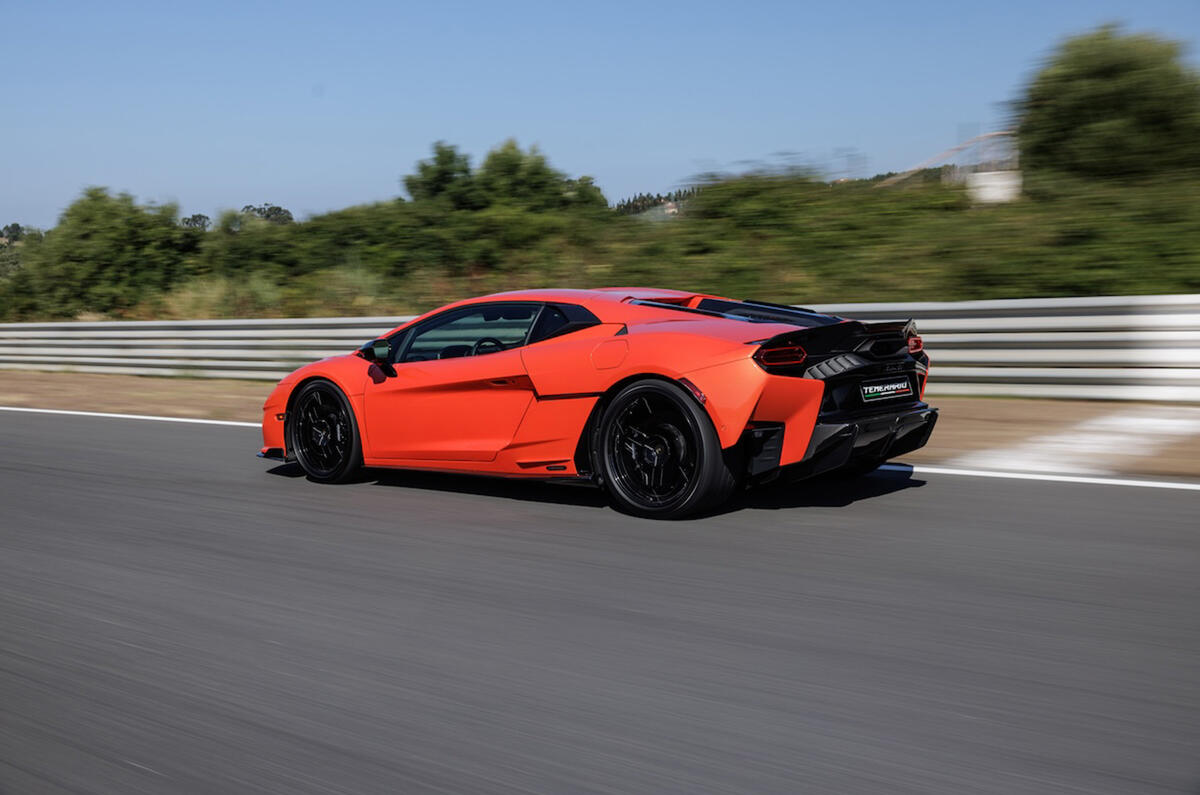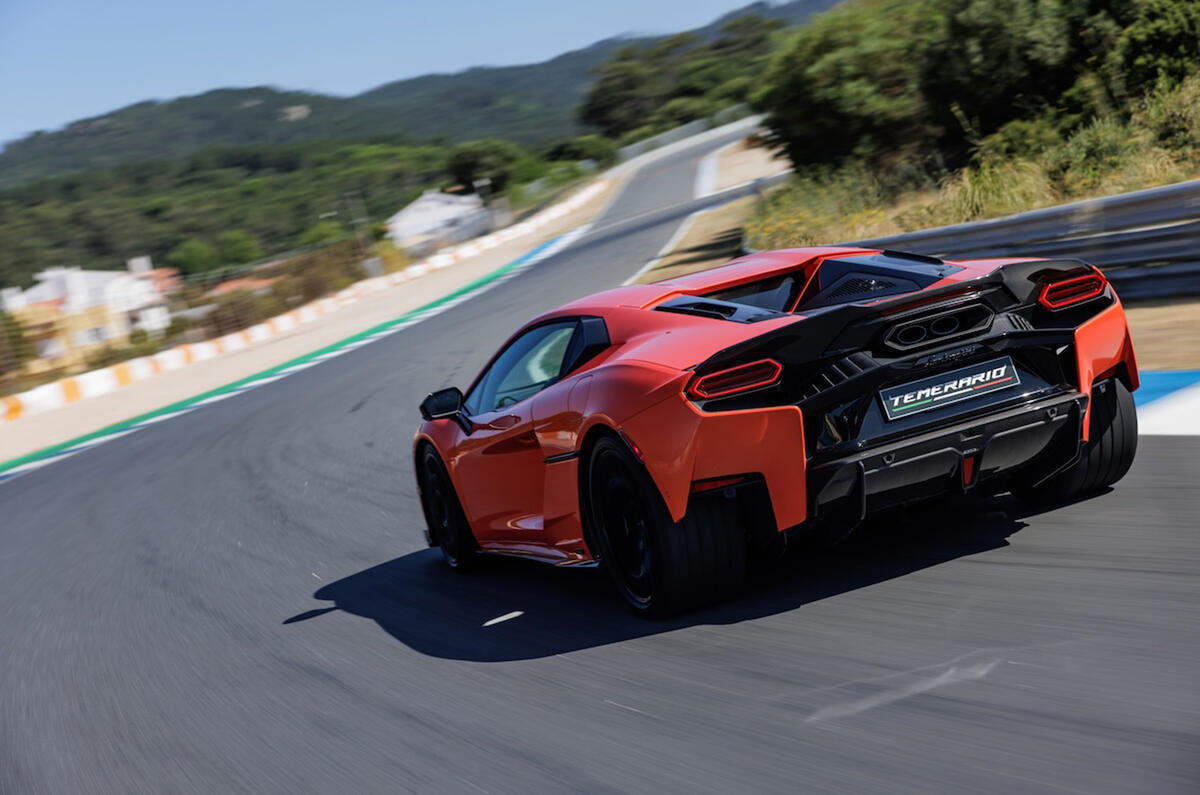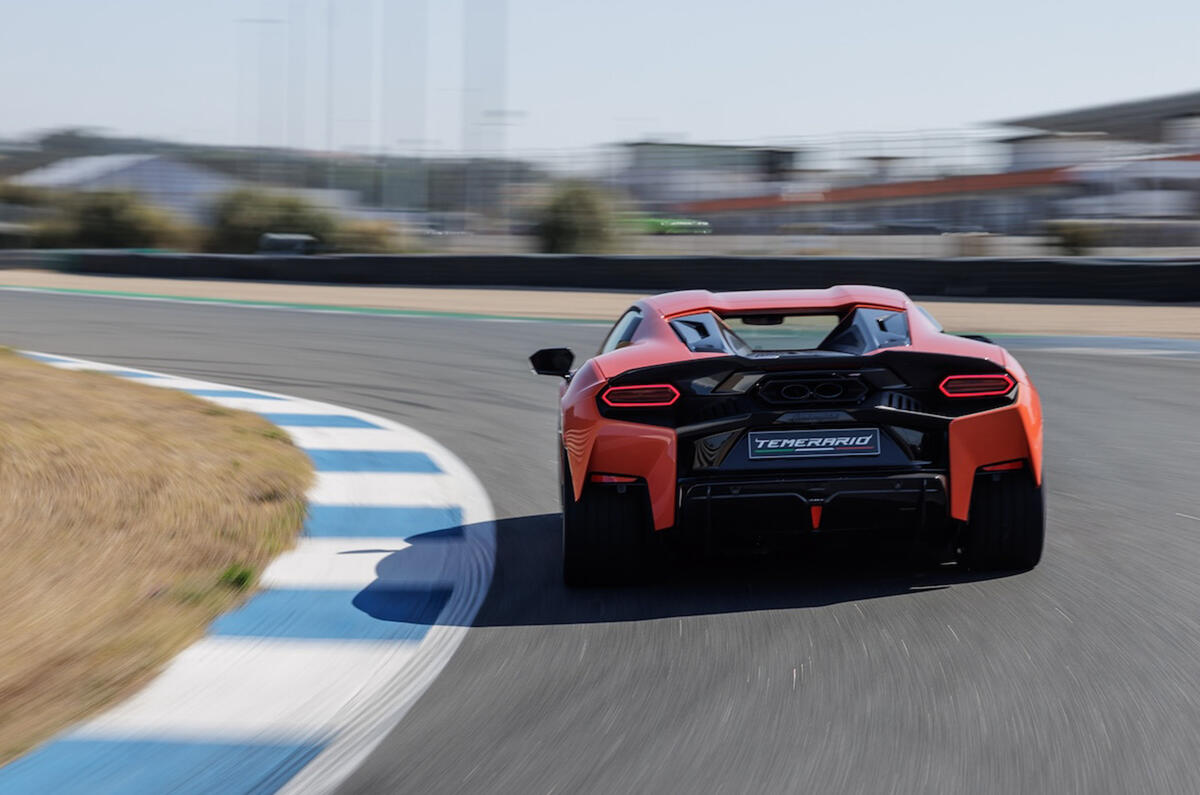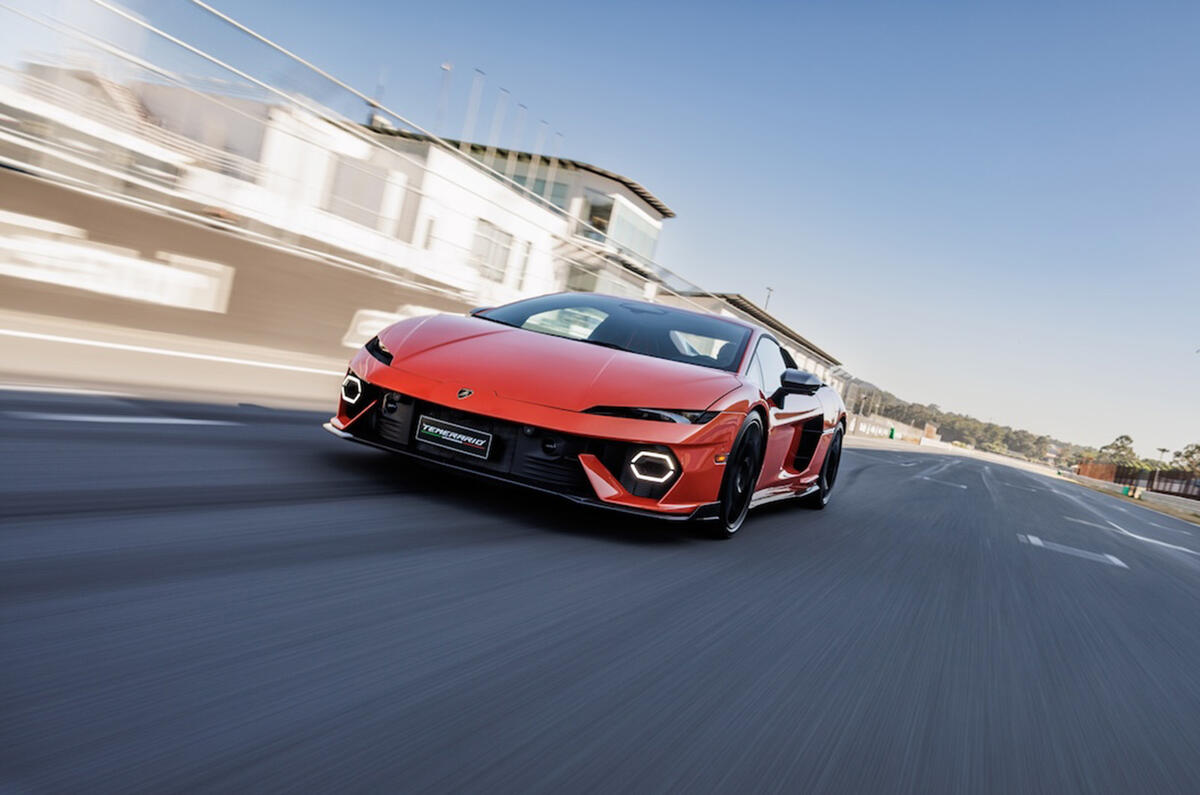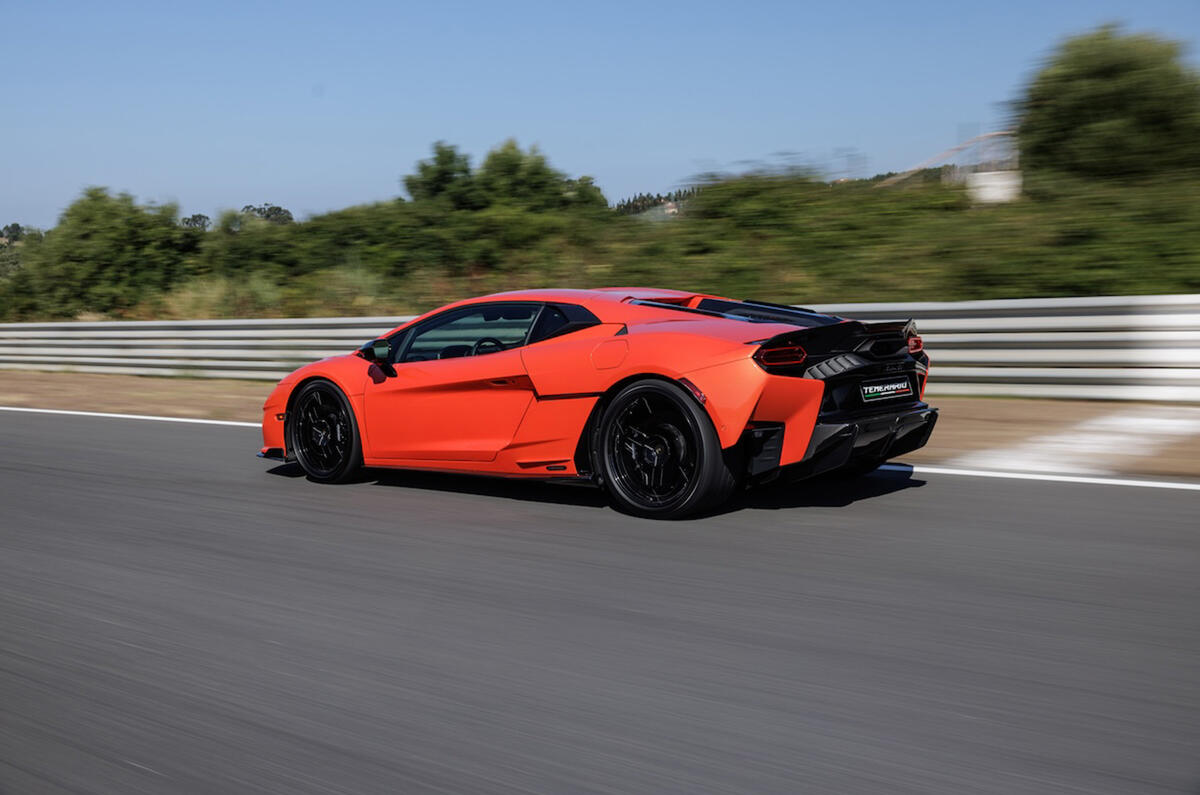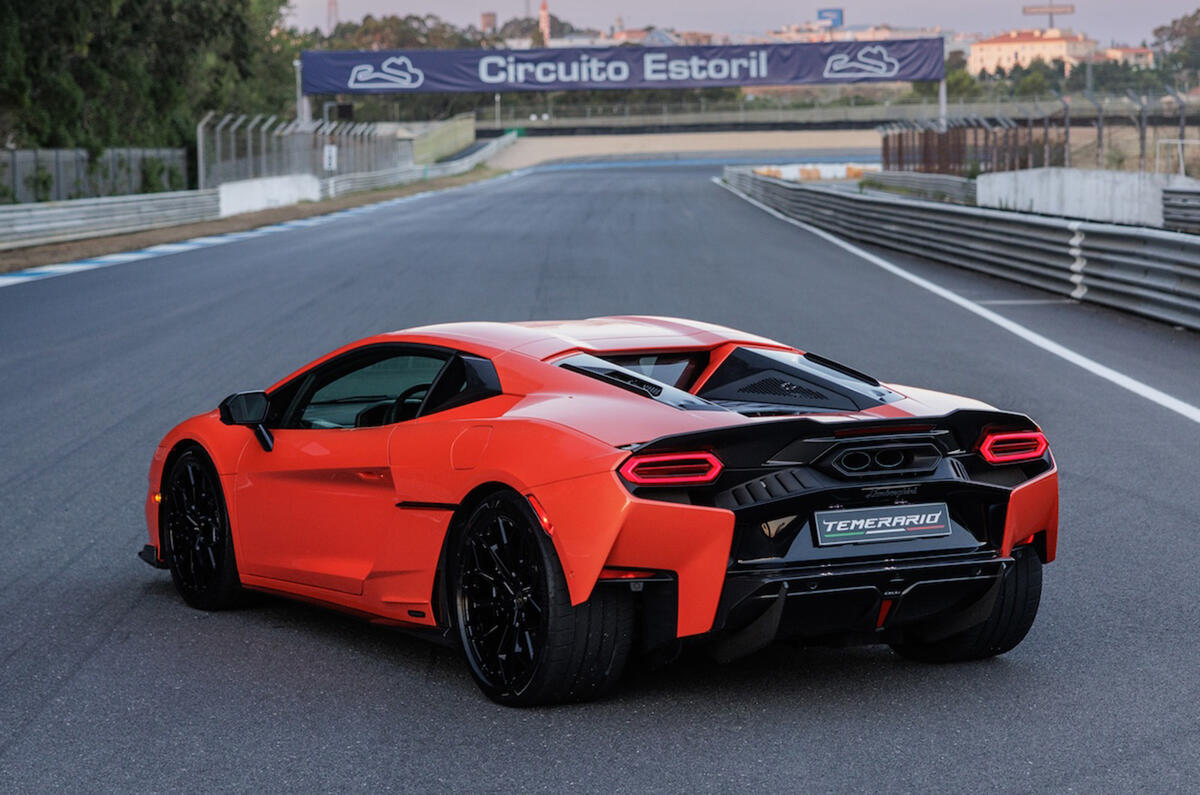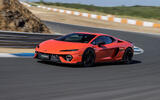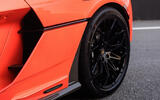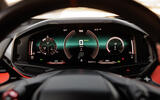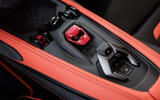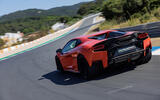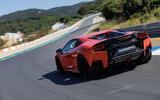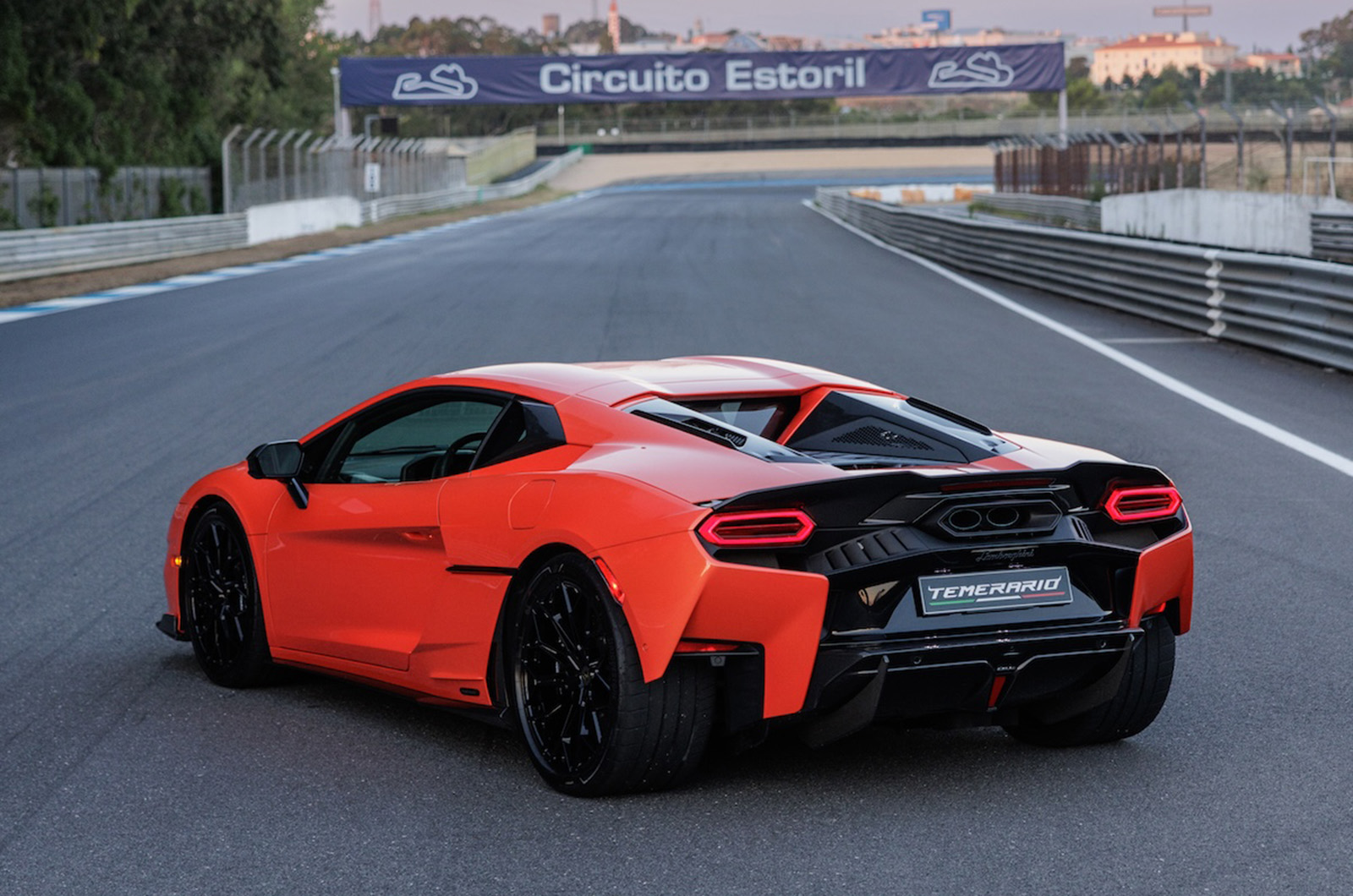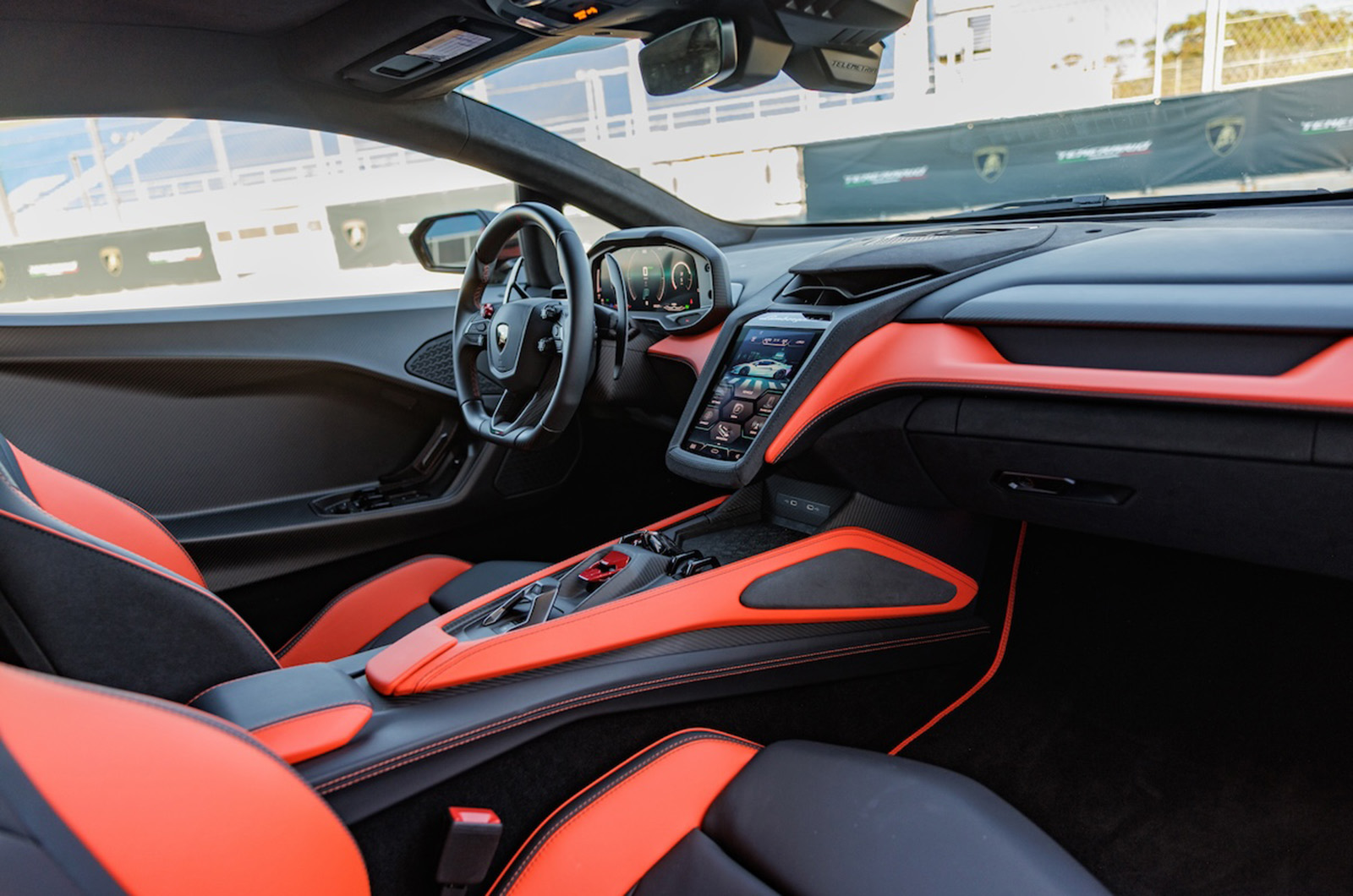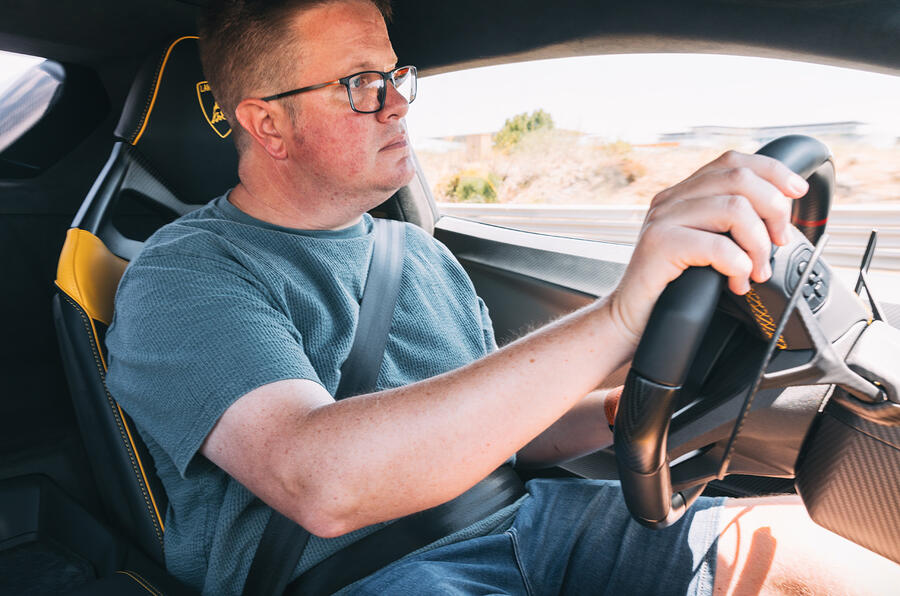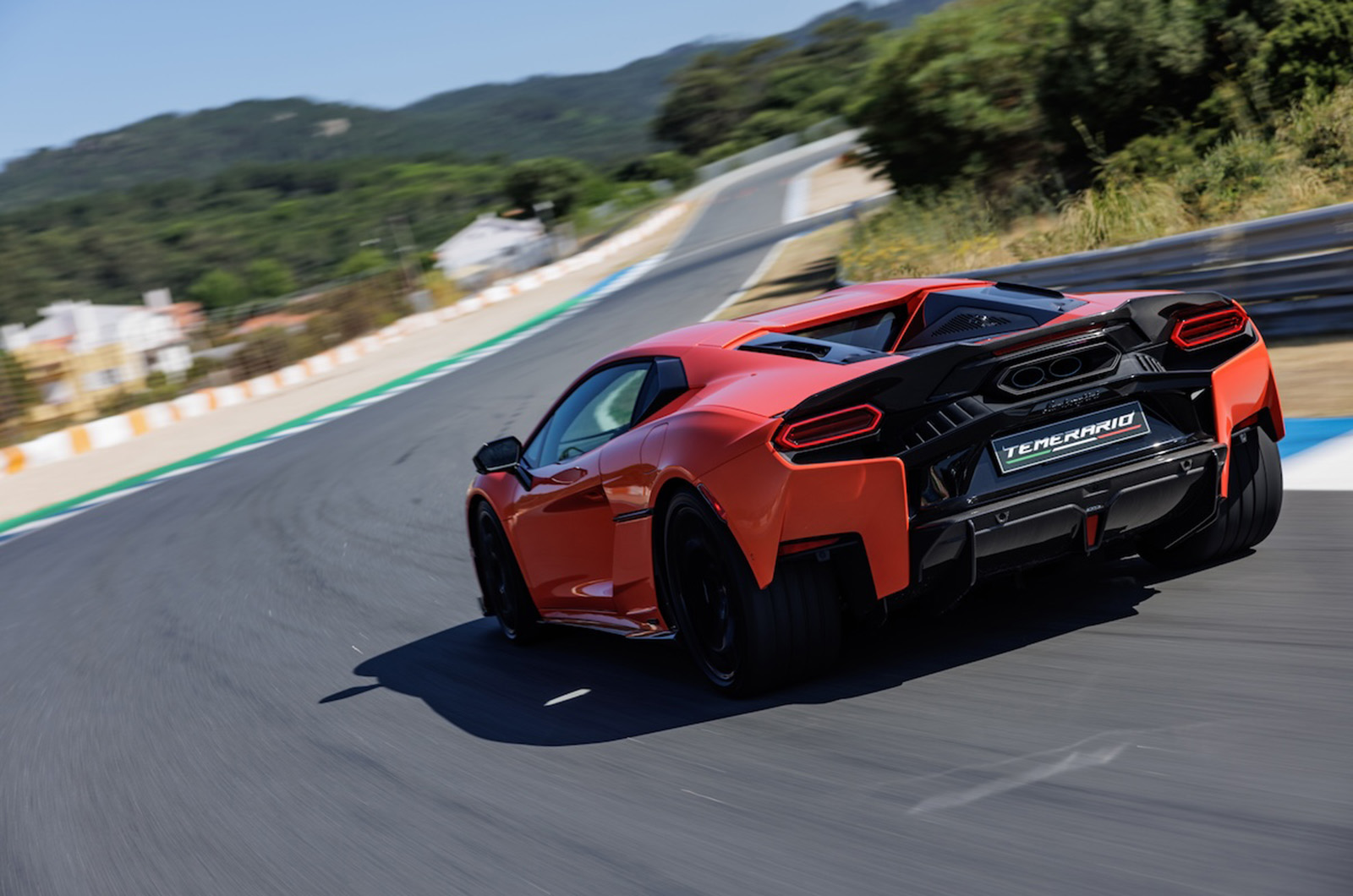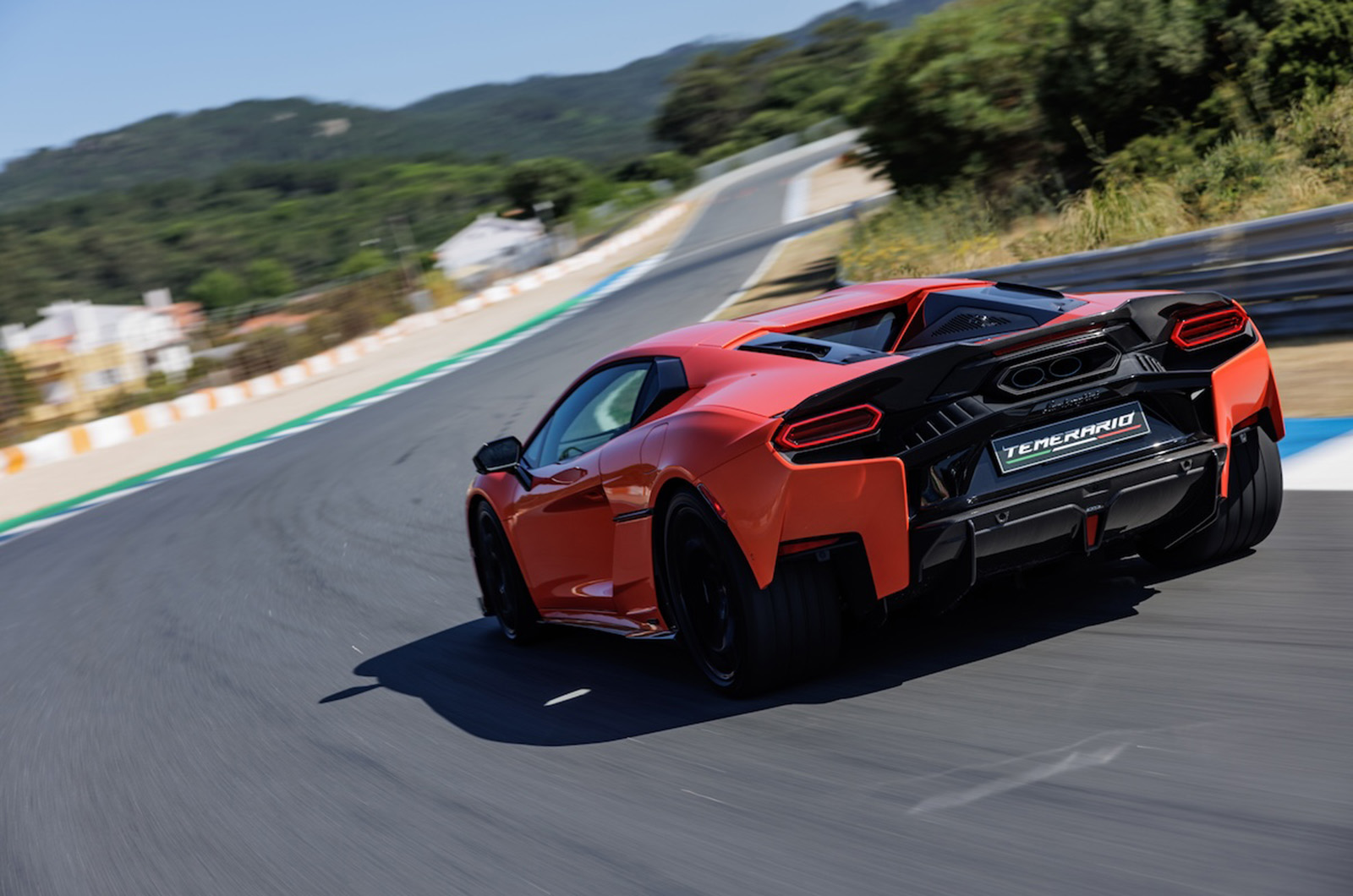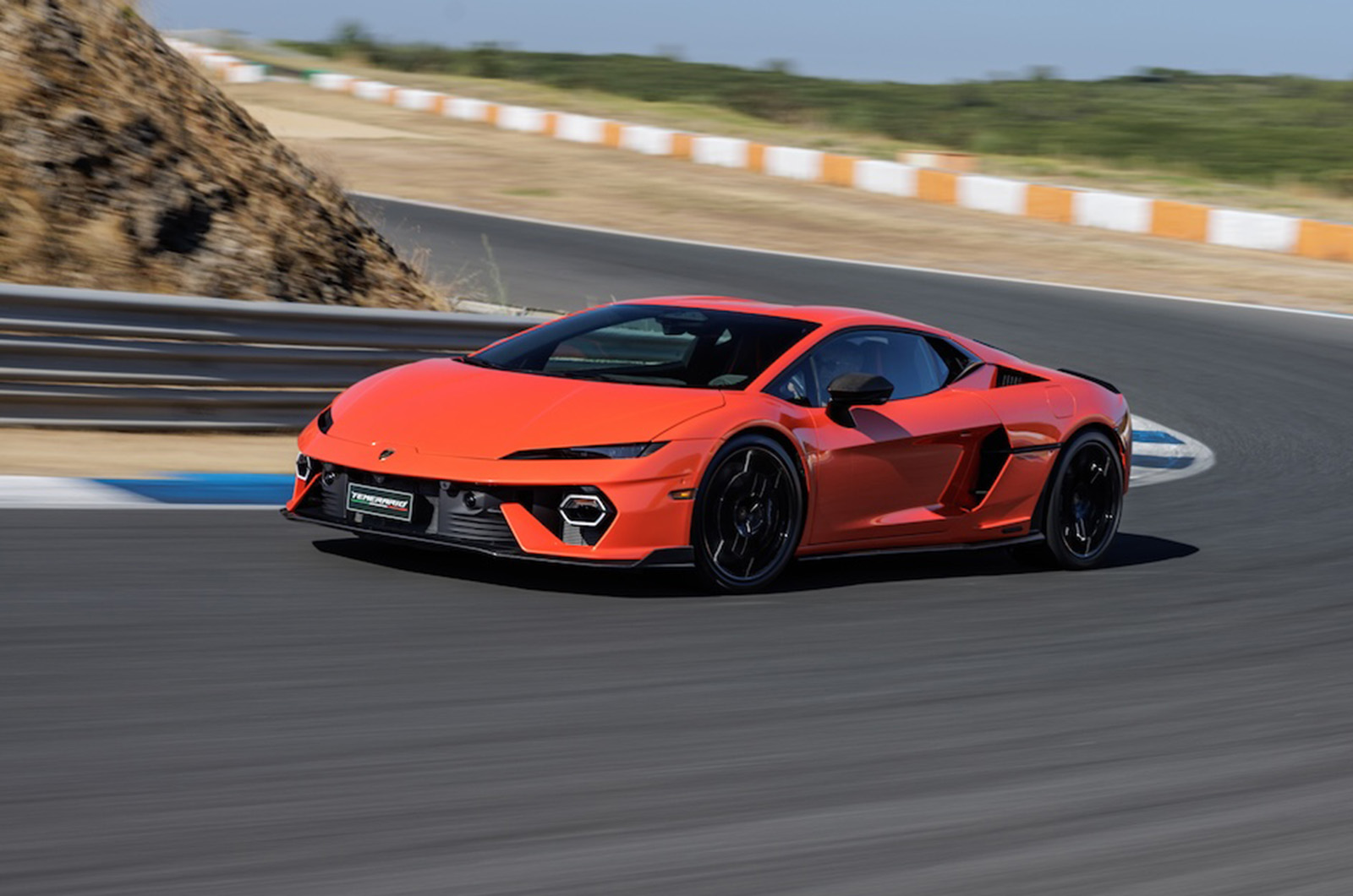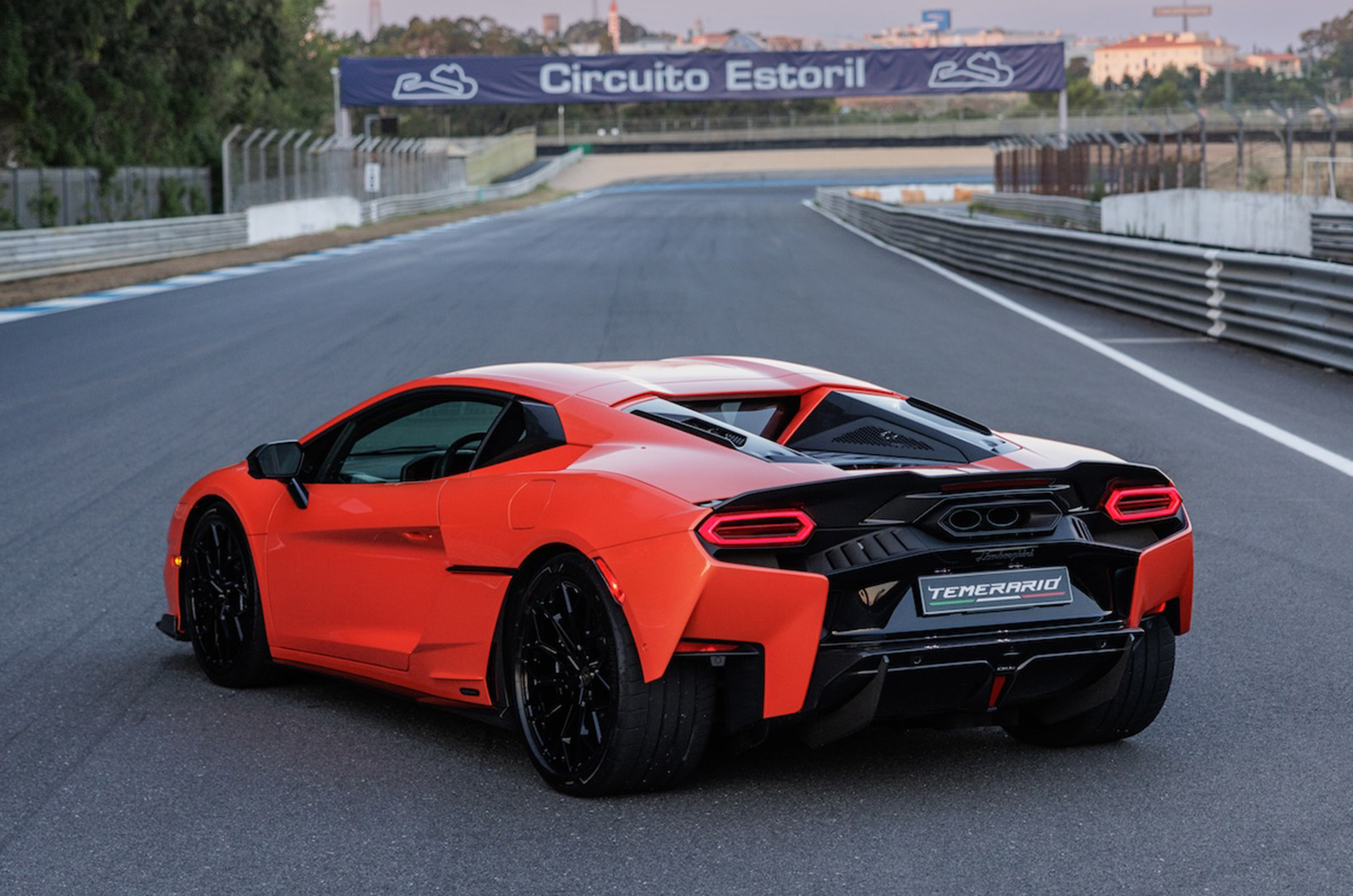Unlike its various predecessors, Lamborghini’s new junior supercar – the Lamborghini Temerario – can’t give you 10 cylinders, but it is offering 10,000rpm instead.
Being what Sant’Agata calls a ‘High Performance Electrified Vehicle’ (we call it a plug-in hybrid), it can do electric-only running, of course. Just like its bigger brother the Revuelto did, it has taken very sizeable leaps on power and outright performance, as well as smaller ones on outright size and passenger space – all of which we’ll come to.
But most of all, and despite having now hybridised the pair of them, Lamborghini wants the Temerario to have a different character than the bigger, faster, more serious Revuelto. It wants this car to be fun. Playful, rebellious – and a bit of a tearaway. And, wouldn’t you know it (as far as about 10 laps of the Estoril circuit can teach you, at any rate), that’s what it would seem to be.
This is precisely the kind of Huracán replacement you might come up with, then, having learned – after introducing STO, Tecnica and Sterrato derivatives of that car since 2021 – that adding more and more power and revs and carbonfibre bodywork isn’t the only route to enriching the appeal of a mid-engined exotic sports car. Or, to put it another way, that you can use the latest asymmetrical electric torque-vectoring technology in a different way than it was executed on the Revuelto: to create even more accessible limit-handling appeal, and to make something really compelling to drive on track at less than maximum-attack pace.



